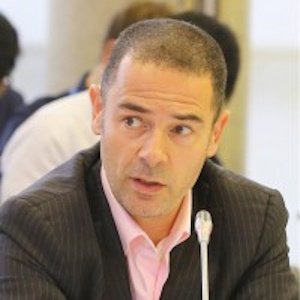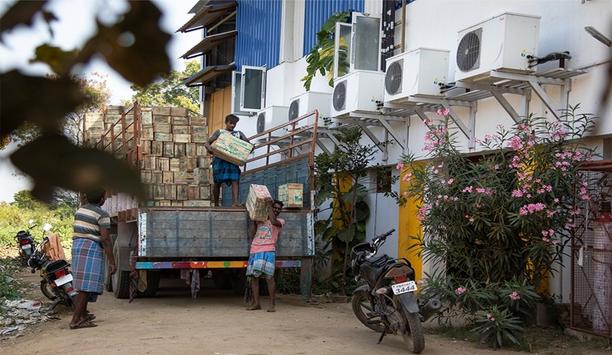COP28 marked the first Global Stocktake, a key element of the five-year ambition cycle designed to ensure that countries ratchet up their ambition in line with the temperature goals of the Paris Agreement.
The COP decision laid out a handful of priority actions needed to close the emissions gap, calling on countries to undertake steps including tripling renewable energy capacity and doubling energy efficiency by 2030, transitioning away from fossil fuels, substantially reducing methane and other non-CO2 gases, and accelerating deployment of a wide range of zero- and low-emission technologies. Countries must submit the next round of emission targets, known as nationally determined contributions, in advance of COP30 in 2025, and are expected to take into account the outcomes of the Global Stocktake in doing so.
Renewable energy capacity
Nathaniel Keohane, President: “This COP delivered on its primary task: identifying the highest-priority collective actions needed to cut emissions in this critical decade and get the world on a pathway to net zero emissions by 2050. When nearly 200 countries call for tripling renewable energy capacity globally by 2030 and transitioning away from fossil fuels, that sends a clear signal to countries, businesses, and investors that the world is firmly committed to the low-carbon transition.”
This COP delivered on its primary task: identifying the highest-priority collective actions"
“If the five-year ambition cycle is the engine of the Paris Agreement, then the Global Stocktake is its transmission mechanism. It connects what science tells us about the gap between our current trajectory and a Paris-consistent pathway with what technical and economic analysis tells us can be done to fill that gap. It is vital that the priority actions identified in the Stocktake inform the next round of emissions targets that countries are due to submit before COP30 in two years’ time.”
Domestic methane emissions
“The Biden administration came to Dubai with the tailwind at its back, thanks to the enormous climate investments included in the Inflation Reduction Act and the bipartisan infrastructure law.”
“The administration’s continued commitment to climate action was evident in the string of U.S. announcements made at COP, including new grant funding for the Methane Finance Sprint, final standards to limit domestic methane emissions from the oil and gas industry, pledges of climate finance for the Green Climate Fund and the loss and damage fund, a global commitment to triple nuclear energy deployment, and progress in developing the Energy Transition Accelerator to channel billions of dollars in new carbon market finance into the global just energy transition.”
Low-carbon technologies
COP28 was the conference when the focus turned squarely to solutions"
“COP28 was a coming-out party for private sector climate action. Companies from across the real economy engaged at a level commensurate with the central role they have to play in accelerating the transition to a net-zero emissions economy.”
“What was striking was not only the quantity of participants: it was the quality of the discussions. Companies came not to show and tell, but to have granular, specific conversations about cutting emissions in their operations and value chains, deploying low-carbon technologies, scaling investment in climate action, and promoting adaptation and resilience to the impacts of climate change. If the Paris Agreement put the concept of ‘net zero’ on the table, and Glasgow upped the ante on business participation, COP28 was the conference when the focus turned squarely to solutions.”
New climate targets
Kaveh Guilanpour, Vice President of International Strategies: “Coming into COP28 I was looking for three things in relation to the Global Stocktake: a clear and unambiguous signal that the world will accelerate the transition away from fossil fuels; assurance that this will be reflected in the climate targets of countries to be tabled in 2025; and a commitment to enhance international cooperation to tackle climate change.”
“The outcome of the first Global Stocktake under the Paris Agreement achieves all three to some extent. How countries, and all stakeholders, respond to it will ultimately determine whether COP28 was a success. It is up to them now. The moment of truth will be when new climate targets— ‘nationally determined contributions’—are tabled in 2025.”
“We must not forget that COP28 started with the unprecedented operationalization—and capitalization—of the loss and damage fund on the first day. The fruit of a decades long fight by the world’s most vulnerable countries.”

















